
Technicians inspect a CO2 storage facility in Dongying, Shandong province, in December. (ZHOU GUANGXUE/FOR CHINA DAILY)
The Qilu-Shengli Oilfield CCUS project, China's first megaton-scale carbon capture, utilization and storage project, became operational on Monday as part of the nation's overall drive to achieve its carbon neutrality goals, said its operator China Petrochemical Corp.
Located in eastern China's Shandong province, the project, which will reduce annual carbon emissions by 1 million metric tons, equivalent to planting nearly 9 million trees, will provide practical engineering experience and technical data for China's future large-scale CCUS project construction, it said.
The carbon dioxide captured at the Qilu petrochemical refinery will be sent to the Shengli oilfield, where it will be reinjected as part of the field's enhanced oil recovery program. This will not only reduce carbon emissions but also boost oil output at the same time, the company said.
CCUS is the process of capturing carbon dioxide emissions from fossil power generation and industrial processes for storage deep underground or reuse. As oil and gas companies are evolving their business models in the context of the energy transition, CCUS has started to feature more prominently in their strategies and investments.
According to China Petrochemical Corp, the world's largest refiner by capacity, also known as Sinopec, carbon dioxide will be injected into 73 wells to increase crude oil fluidity and improve oil recovery.
The company expects to inject more than 10 million tons of carbon dioxide in 15 years, which will increase oil output by almost 3 million tons and see oilfield recovery efficiency rise by more than 12 percentage points, it said.
Strengthened climate goals and new investment incentives have been delivering unprecedented momentum for CCUS in recent years and the technologies will play an important role in meeting net zero targets, according to the International Energy Agency.
An industry analyst said the project's operation signaled that China's CCUS industry has entered the period of mature commercial operations.
CCUS is an essential part of the solution for China to achieve a carbon peak by 2030 and carbon neutrality by 2060, said Luo Zuoxian, head of intelligence and research at Sinopec's Economics and Development Research Institute.
As fossil fuels are still playing a major role, the key to carbon emission reduction lies in technological breakthroughs offering a way to reduce emissions in sectors that are hard to decarbonize, Luo said. Oil companies across the globe are stepping up research and investment in CCUS, which will not only expand their own business but also help them become sustainable in the long term, he added.
A report from Shell said that China, with an estimated 2,400 gigatons in storage capacity, has significant geological potential for storing carbon, second only to that of the United States.
China, which captured 1.52 million tons of carbon dioxide in 2021, currently has more than 40 CCUS pilot projects with a total capacity of 3 million tons, according to statistics.
The Shell report added that many of these projects are small-scale ones linked to enhanced oil recovery that will need to be significantly scaled up over the next four decades.
In a net-zero emissions energy system, a little more than 1.3 gigatons of carbon dioxide per year will need to be captured and permanently stored by 2060. This means that the total CCUS capacity will need to increase more than 400 times in the next four decades, according to Shell.
Sinopec said it plans to step up the industrial development of CCUS during the period of the 14th Five-Year Plan (2021-25), in order to lay a solid foundation for the large-scale application of CCUS in China.
It plans to open a CCUS technology research and development center before 2025, which will focus on cutting-edge technology breakthroughs in the application of CCUS in the field of wind, solar and hydrogen power, in order to further reduce carbon dioxide emissions and serve the nation's decarbonization needs.
The company is also planning to launch another two-megaton CCUS demonstration areas by the end of the 14th Five-Year Plan, to achieve large-scale development and further facilitate the country's ambition in the field of carbon neutrality, it said.









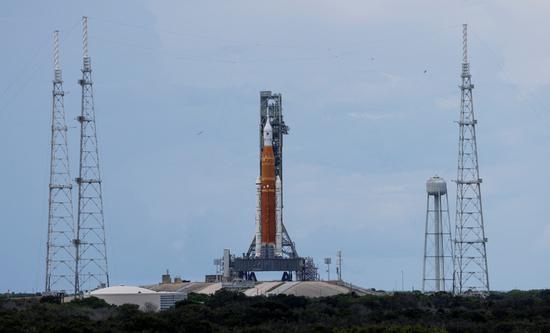


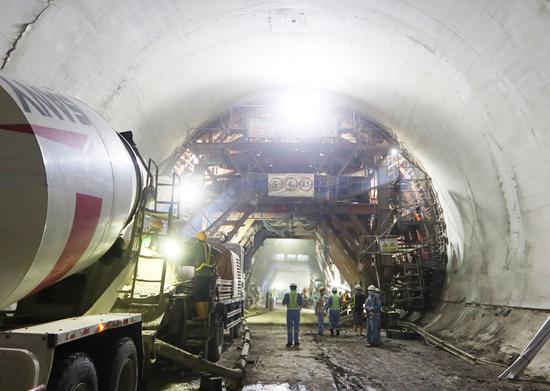
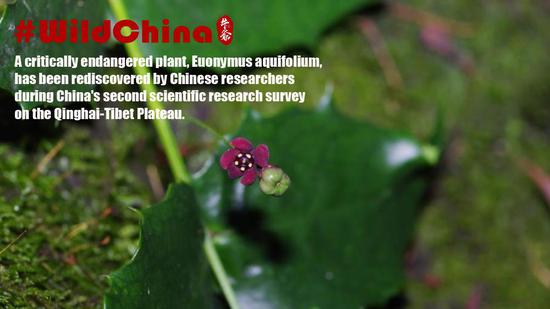


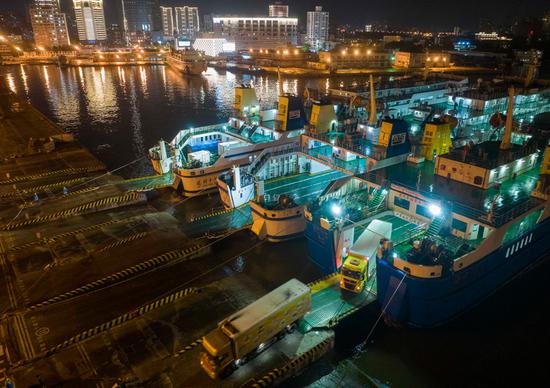

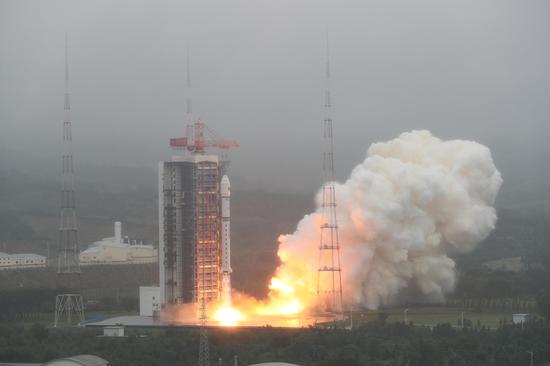




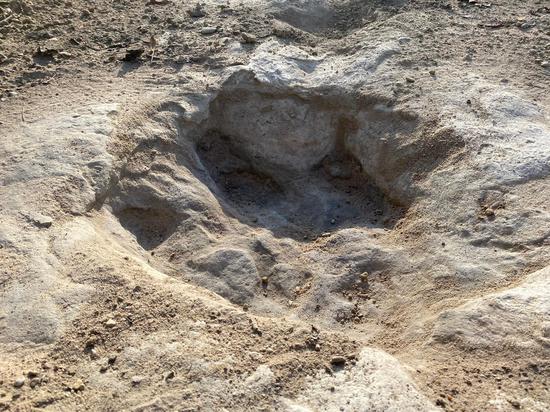



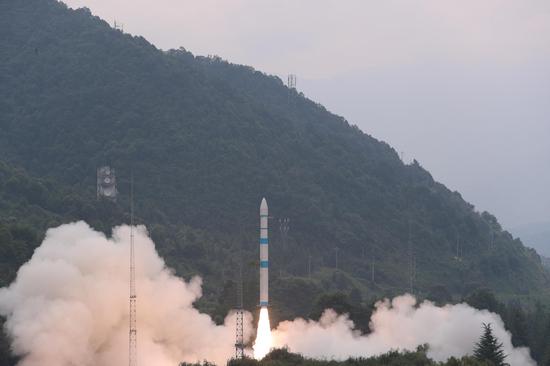


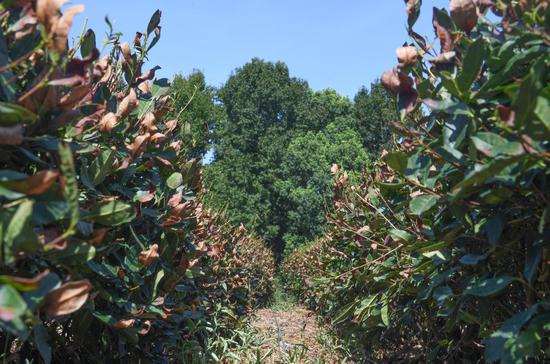












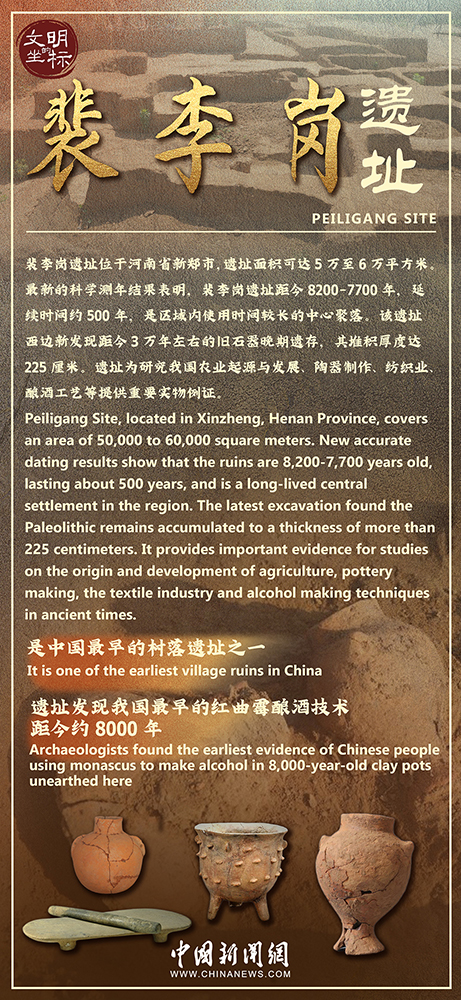




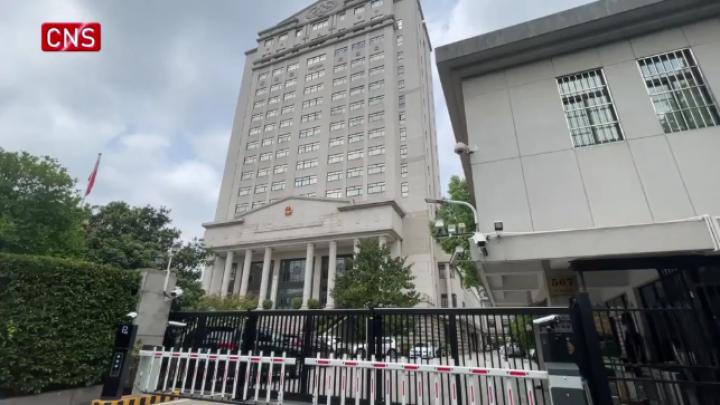

 京公网安备 11010202009201号
京公网安备 11010202009201号